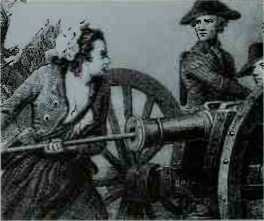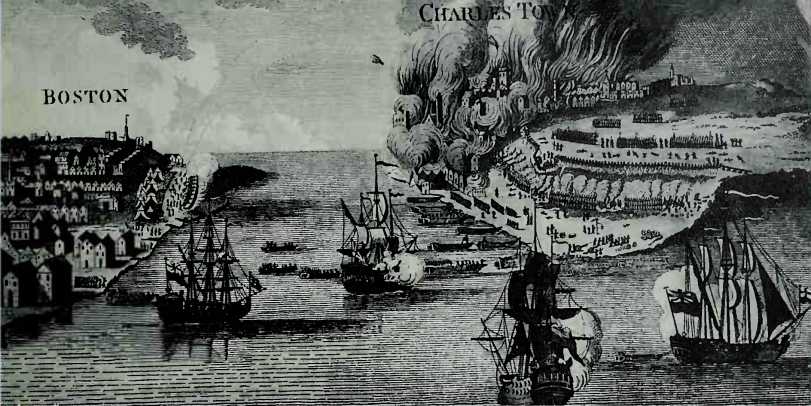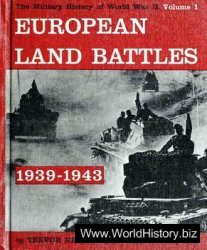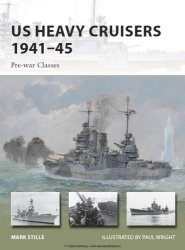King George III was furious at the outrage in Massachusetts. He closed the Boston port to all commerce until the dumped tea was paid for in full. The Coercive Acts, known to the Americans as the Intolerable Acts, went into effect, a punishment for the colonists' "tea party."
Preparing to Fight. The First Continental Congress met in Philadelphia in September 1774. The representatives from twelve colonies declared the Intolerable Acts null and void. They wrote a Declaration of American Rights, denying that Parliament had any authority over internal colonial affairs. The king was not moved. "The colonies,” he said “must either submit or triumph.”
As Britain continued to send troops and arms to America, Patriots began to amass cannonballs and gunpowder. The British soon found out about a supply of rebel weapons in Concord, just outside of Boston, and General Thomas Gage, the British commander, planned to march to Concord to destroy the munitions.
The Boston Patriots learned of the British plan. They sent riders out to warn the people in Concord. Paul Revere, a silversmith, and dozens of other “expresses,” rode through the night, thumping houses along the roads outside Boston. Trained to respond instantly.
Minutemen scrambled out of bed. Families went to work melting their pewter dishes into musket balls. Others continued to spread the alarm.
Lexington and Concord. British soldiers and local
Militiamen confronted one another on the village green in Lexington on the morning of April 19, 1775. The British commander screamed at the colonists: “You Rebels disperse, damn you, disperse!" Shots rang out. When the smoke cleared, eight Americans were mortally wounded. A Lexington townsman who lived opposite the green dragged himself bleeding to his doorway. He died on his doorstep as his young wife watched in horror.
Hours later more minutemen met the British at the North Bridge in Concord. The men from Concord were now joined by colonists from other towns. The redcoats were bloodied badly. Colonists sniped at them from the woods all along the way back to Boston.
Bunker Hill. With no formal military training and little equipment, the American army was unprepared to fight the highly trained British. But the British were slow to respond to the colonial forces. This gave the Americans time to plan. In Boston, the minutemen fortified Bunker (actually Breed’s) Hill overlooking the city in the middle of the night. Early the next morning the British spotted the Americans on the hill.
General Gage was worried about what kind of fight the Americans might put up. As he stared through a spyglass at the hill, he saw a tall man striding along the barricades. Gage's aide identified the man as his own brother-in-law, William Prescott. “Will he fight?” asked Gage.
“I cannot answer for his men,” replied Gage’s aide, “but Prescott will fight you to the gates of hell.”
Bigail Adams insisted that her husband, John Adams, include women tin the discussions of independence

And freedom. She wrote, “...I desire you remember the ladies...if particular care and attention are not paid to the ladies we are determined to foment a rebellion and will not hold ourselves bound to obey laws in which we have no voice or representation.” Outspoken women like Abigail Adams helped shape and defend the Revolution’s ideals. Mercy Otis Warren, for instance, used her skills to write a play that mocked the British and championed the Revolution. She used her wit to turn Loyalists into Patriots.
Many women worked on the home front forging cannon and concocfing gunpowder. Others became “Molly Pitchers,” carrying supplies and water to men on the battlefield.
Some women acfually joined fhe fighting. Mary Ludwig Hayes saw her husband fall from his gun af fhe battle of Monmouth. Though she was seven months pregnant, she rushed to replace him. A cannonball crashed between her legs, carrying away her petticoats.
Others actually enlisted. Deborah Sampson disguised herself as a man and joined fhe Confinenfals. Anna Marie Lane enlisted along with her husband, keeping her identity a secret from all except him. She was the only woman to receive a Revolutionary War soldier’s pension. The exact number of women who served in the war is unknown because most fought in disguise.

The battle of Bunker Hill seen from Charlestown Harbor. The British took the hill but paid dearly for the victoiy.
As the 1,500 redcoats charged headlong again and again at the American entrenchments, they took staggering casualties—more than 1,000 men soon lay fallen on the slopes of the hill. Eventually, the Americans ran out of gunpowder and had to abandon their positions. The British owned the hill, but the victoiy was costly. “We could scarcely afford such another,” wrote Gage.
“If they mean to have a war, let it begin here."
—Captain John Parker, Massachusetts Militia commander at Lexington
Washington Appointed. In the aftermath of Lexington
And Concord, 20,000 Americans had joined the colonial militia. They were now eager to fight but needed someone to lead them. Congress named George Washington to be general of the Continental Army. Washington immediately went to Boston to take control of the soldiers gathered there. Meanwhile, the Continental Congress tried once again to make peace with England. They sent the Olive Branch Petition to King George III, asking him to consider their grievances. The king refused to even read it.
Canada Invaded. During the next month, the Americans occupied Fort Ticonderoga and Crown Point, both on Lake Champlain. In a gutsy move, the Patriots now began planning a military expedition into British-held Canada. They hoped they could convince the Frenchspeaking Canadians to join their fight. They also wanted to lay their hands on badly needed guns and powder stored by the British in Quebec.
In the summer of 1775, two colonial forces headed north into Canada. One was led by Irish-born General Richard Montgomery and the other by the American Colonel Benedict Aimold. Montgomeiy led his troops to Montreal, while Arnold led his troops through terrible flooding and snow, on toward Quebec. The two armies met up outside Quebec after Montreal sunendered to Montgomeiy.
The Canadians, however, refused to help the ailing American troops. To make matters worse, the enlistments of the majority of Arnold’s troops had expired, and the men refused to stick around for the siege of Quebec.
Montgomeiy and Arnold decided to risk everything with a brave, desperate move. In the middle of a New Year’s Eve blizzard, they stormed the city walls. Unfortunately their braveiy did not pay off. Montgomeiy was killed, and Arnold was wounded in the leg. The British took 424 men prisoner. The rest of the Americans were forced back to their forts on Lake Champlain.
The Patriot defeat in Quebec was softened somewhat by an American victoiy in Boston. The Continentals sledded cannons captured at Fort Ticonderoga to Boston, and Washington managed to rtin the British out. As 1776 began, there was no trace of the British army left in the thirteen colonies.




 World History
World History









